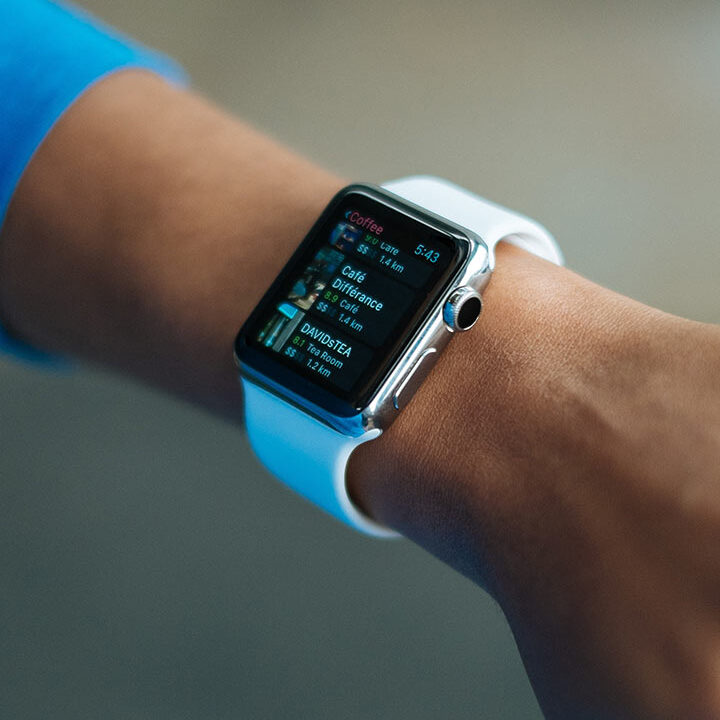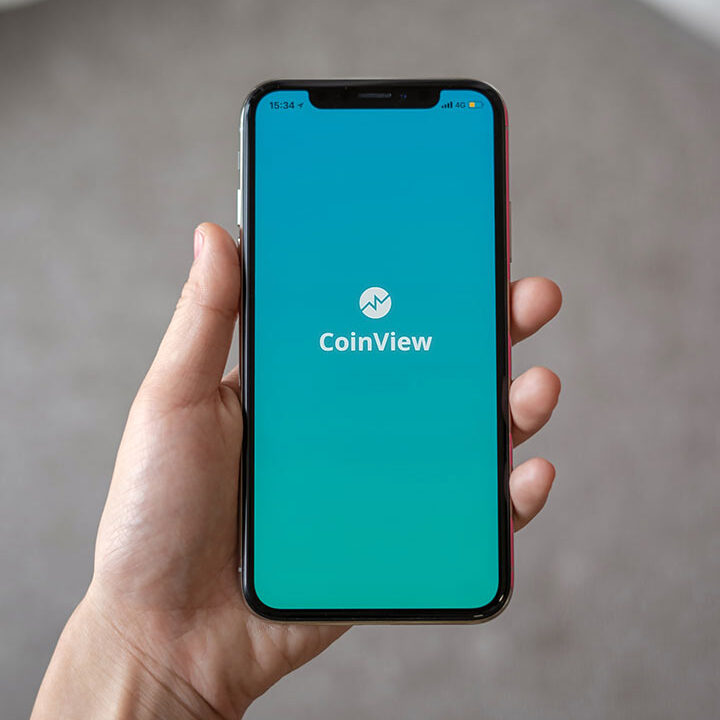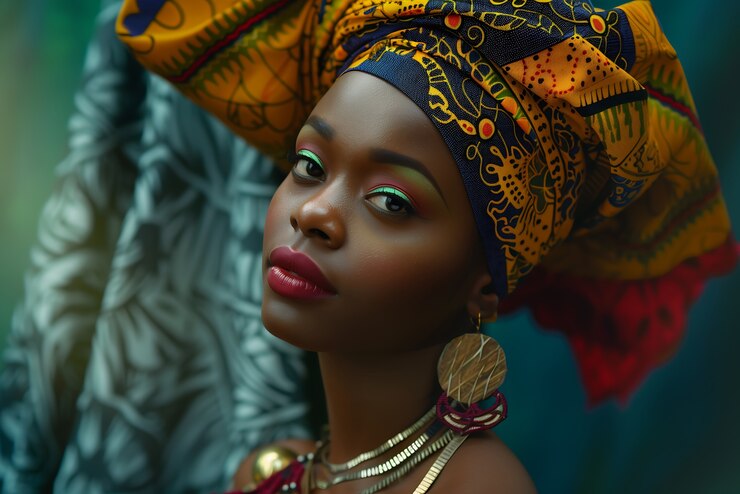Kenyan Fashion and Beauty: A Blend of Tradition and Modernity
Kenya’s fashion and beauty scene is a vibrant fusion of traditional African influences and contemporary global trends. From intricate beadwork and colorful textiles to cutting-edge designs and modern beauty standards, Kenya has carved out a distinct identity in the fashion world. This blog explores the rich heritage, emerging designers, beauty trends, and the role of sustainability in shaping Kenya’s fashion and beauty landscape.
1. Traditional Kenyan Fashion: A Tapestry of Cultures
Kenya’s diverse ethnic groups have contributed to a rich tapestry of traditional attire, each with its own unique style, symbolism, and purpose.
- Maasai Shuka: Perhaps the most iconic of Kenyan attire, the red-checkered Maasai shuka is instantly recognizable. Traditionally worn by Maasai warriors, the shuka is not just clothing but a symbol of strength, bravery, and cultural pride. Maasai beadwork, especially the intricate necklaces and bracelets, is another integral part of their fashion, often worn during important ceremonies.
- Kikuyu Dress: The Kikuyu people traditionally wore garments made from animal hides, though today, they are more known for wearing modern interpretations of traditional fabrics, such as the kanga—a colorful cloth printed with Swahili sayings, often wrapped around the body.
- Coastal Fashion: The Swahili culture along the Kenyan coast blends African, Arab, and Asian influences, resulting in flowing, modest garments such as the buibui (a traditional cloak) and the kanga and khanga fabrics, which are not only used for clothing but also as a form of non-verbal communication through their printed proverbs.
- Turkana and Samburu: These communities in northern Kenya are known for their bold use of color in their clothing and jewelry. Their multi-layered necklaces and ornate headpieces, made from beads of varying colors, represent wealth, status, and beauty.
2. Modern Kenyan Fashion: Where Tradition Meets Innovation
In recent years, Kenyan fashion designers have been making waves both locally and internationally, blending traditional elements with contemporary fashion trends. Here are some of the most prominent trends in Kenya’s modern fashion scene.
- Ankara and Kitenge: These vibrant, wax-printed fabrics are now a mainstay in Kenyan fashion. Designers use these fabrics to create everything from casual wear to haute couture, often blending African patterns with Western cuts to create unique, statement pieces.
- Afro-futurism: Kenyan designers are increasingly embracing Afro-futurism, a movement that combines African heritage with futuristic elements. Afro-futurist designs often feature bold, structural pieces, metallic accents, and unconventional silhouettes that make a powerful fashion statement.
- Sustainable Fashion: As the world shifts towards more eco-conscious fashion choices, Kenyan designers are following suit. Brands like Suave Kenya and Enda are embracing sustainable materials and practices, such as recycling leather and promoting fair trade, to create beautiful and ethical clothing and accessories.
- Streetwear: Kenyan youth culture has given rise to a booming streetwear scene, with brands like 2ManySiblings and Nairobi Apparel District leading the way. These brands mix local culture with global street style, creating edgy, urban clothing that resonates with Kenya’s younger generation.
- Runway and Red Carpet Fashion: Designers like Akinyi Odongo, Deepa Dosaja, and Patricia Mbela have graced international runways, bringing Kenyan fashion to the global stage. Their designs, inspired by Kenyan traditions and nature, have been worn by celebrities and dignitaries alike.
3. Kenya’s Beauty Standards and Trends
The Kenyan beauty industry has grown significantly over the last decade, with both international and local brands competing for space in a fast-evolving market.
- Natural Hair Movement: One of the most visible shifts in Kenyan beauty is the embrace of natural hair. More women are choosing to wear their hair in its natural state—whether in afros, twists, or braids—rather than relying on chemical relaxers or wigs. This movement celebrates the beauty of African hair textures and encourages self-love and acceptance of one’s natural features.
- Bold Colors and Patterns: Just as Kenyan fashion embraces bold, vibrant colors, the beauty industry does the same. Bright lipsticks, colorful eye shadows, and daring nail art are all popular among Kenyan beauty enthusiasts. Many local beauty brands, like Pauline Cosmetics and SuzieBeauty, cater to darker skin tones, offering a range of products that enhance the natural beauty of Kenyan women.
- Skin Care Revolution: The demand for natural and organic skincare products has surged in Kenya, with consumers seeking remedies for common issues like hyperpigmentation, dryness, and acne. Brands like Cinnabar Green and Nourish by Njeri focus on using locally sourced ingredients like aloe vera, shea butter, and essential oils to create effective, natural skincare solutions.
- Makeup Artists on the Rise: Kenyan makeup artists are gaining recognition for their talent and creativity. With a growing number of beauty influencers and YouTube tutorials, makeup artistry is becoming more mainstream. Artists like Muthoni Njoba and Dennis Karuri are pushing the boundaries of beauty, blending traditional and modern techniques to create stunning looks.
4. Fashion and Beauty Events in Kenya
Kenya’s fashion and beauty scene is celebrated through various events and festivals, which provide a platform for designers, models, and beauty professionals to showcase their work.
- Nairobi Fashion Week: One of the premier fashion events in Kenya, Nairobi Fashion Week brings together designers from across Africa to display their latest collections. The event is a celebration of African fashion and creativity, offering a space for both established and emerging designers to shine.
- Kenya Fashion Awards: This annual event recognizes excellence in the fashion industry, honoring designers, models, and fashion photographers. The awards celebrate the achievements of those who have contributed to the growth of Kenya’s fashion scene, both locally and internationally.
- Africa Nouveau Festival: A unique blend of fashion, music, and art, Africa Nouveau is an Afro-futuristic festival that showcases the continent’s emerging creatives. Designers, musicians, and artists come together to push the boundaries of African creativity, making it a key event on Kenya’s cultural calendar.
5. Challenges and Opportunities in Kenya’s Fashion and Beauty Industry
While the fashion and beauty industries in Kenya are growing rapidly, they face several challenges.
- Import Dependence: A significant portion of beauty products in Kenya are imported, which can make them expensive due to taxes and duties. However, this has created an opportunity for local beauty brands to step in and provide affordable alternatives tailored to the Kenyan market.
- Counterfeits: The rise of counterfeit beauty products is a concern, as these products can be harmful to consumers. The government and industry players are working together to combat this issue through regulation and consumer education.
- Representation in Global Markets: Kenyan fashion designers and beauty entrepreneurs are pushing for greater representation on the global stage. While progress is being made, there is still a need for more international recognition and support for African talent.
6. The Future of Kenyan Fashion and Beauty
Kenya’s fashion and beauty industries are poised for even greater growth in the coming years. With the rise of e-commerce, local designers and beauty brands can reach a global audience more easily. The increasing focus on sustainability, ethical production, and inclusivity is also setting a new standard for the industry.
In the beauty sector, we can expect to see more innovation in skincare and haircare products that cater to African needs. The embrace of natural beauty will continue to shape the industry, with more consumers choosing products that celebrate their unique features.
Conclusion
Kenya’s fashion and beauty scene is a dynamic blend of tradition and modernity. From the intricate beadwork of the Maasai to cutting-edge streetwear, Kenyan fashion tells the story of a nation rich in culture and creativity. The beauty industry, meanwhile, is evolving to meet the needs of today’s consumers while honoring the natural beauty of African features. As these industries continue to grow, Kenya is cementing its place as a hub of fashion and beauty innovation on the continent.








